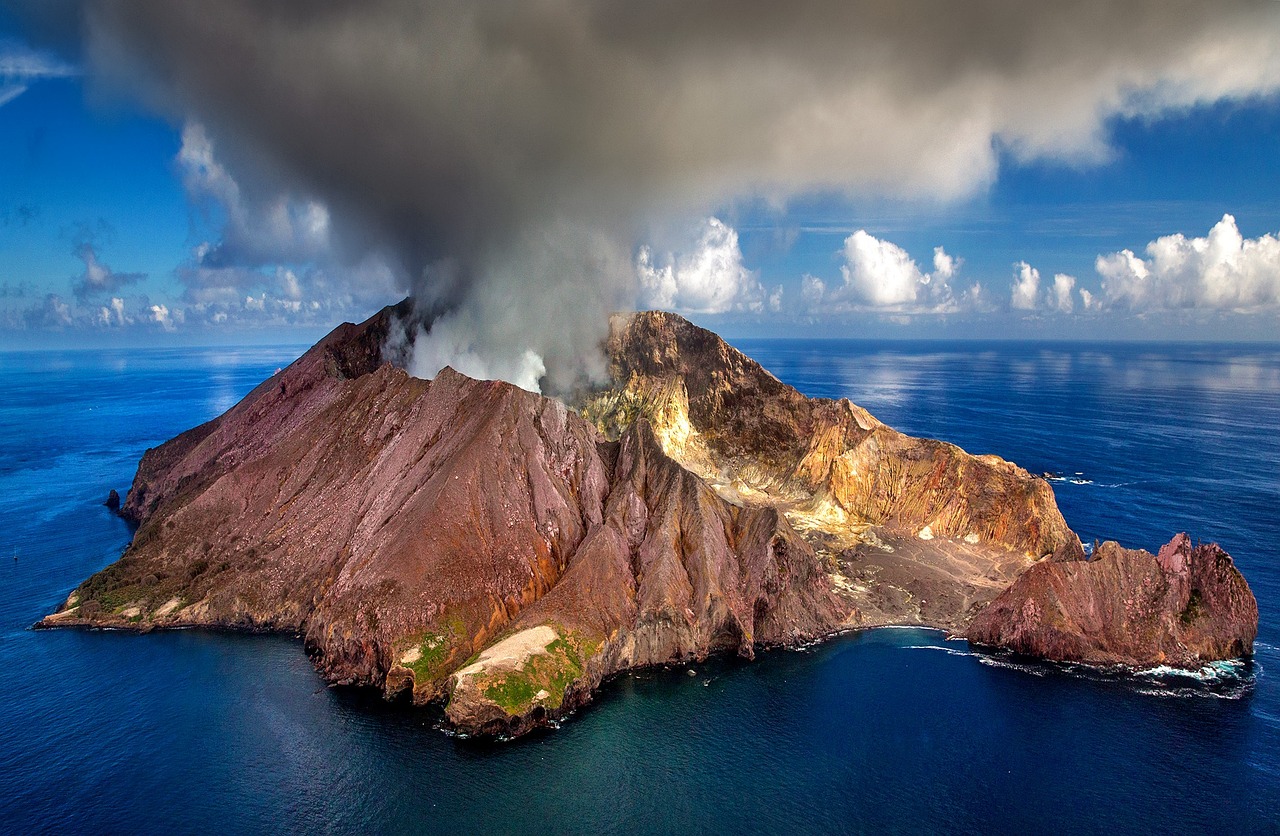The Complex and Controversial Use of Drones in North Sentinel Island
Introduction
North Sentinel Island, located in the Bay of Bengal and part of the Andaman and Nicobar Islands, is among the most remote and isolated locations on the planet. Home to the Sentinelese people, one of the last uncontacted tribes, the island is surrounded by controversy and mystery. Consequently, any attempts to introduce technology, such as drones, into this area are met with significant scrutiny. Furthermore, the delicate balance between respecting the tribe’s isolation and addressing environmental concerns adds layers of complexity to the situation.The use of drones in such sensitive areas raises complex ethical, legal, and cultural questions. This article explores the implications of drone usage around North Sentinel Island, examining the potential benefits and pitfalls of such technology in preserving indigenous cultures and protecting their autonomy.
The Sentinelese and Their Isolation
The Sentinelese are known for their refusal to engage with outsiders, maintaining a traditional way of life largely untouched by the modern world. Their isolation is not merely a choice but a vital aspect of their survival strategy, protecting them from diseases and disruptions that could arise from external contact. The Indian government, which has jurisdiction over the Andaman and Nicobar Islands, has established strict regulations to protect the Sentinelese from outside interference, including a prohibition on approaching the island within a 5-kilometer radius.
Drones: Technology with Potential and Peril
Drones, or unmanned aerial vehicles (UAVs), offer numerous advantages, including aerial surveillance, environmental monitoring, and the ability to gather data without physical intrusion. In theory, drones could be used to monitor environmental changes, assess the health of the island’s ecosystem, and even detect illegal activities such as poaching or fishing in restricted areas. Nevertheless, the application of this technology in the context of North Sentinel Island is fraught with challenges. For instance, the island’s isolation and the local population’s resistance to outside intervention could significantly complicate the deployment and effectiveness of drones. Moreover, ethical and legal considerations further add to the complexity of utilizing such technology in this sensitive region.
Ethical Considerations
The ethical implications of using drones near North Sentinel Island are profound. The primary concern is the potential for violating the privacy and autonomy of the Sentinelese people. The presence of drones could be perceived as an intrusion, disrupting their way of life and potentially leading to unintended consequences. The Sentinelese have no way of understanding or controlling this technology, and its presence could be seen as a breach of their established boundaries.
Moreover, the ethical responsibility extends to how drones are used. While they can gather data passively, their presence could inadvertently lead to increased interest and interaction from outsiders. This could increase the risk of contact, which the Sentinelese are known to avoid due to the potential for disease transmission and cultural disruption.
Legal and Environmental Implications
Legally, the Indian government has imposed strict regulations to protect the Sentinelese and their habitat. The use of drones in these restricted areas would likely breach these laws, potentially leading to legal repercussions. Additionally, the environmental impact of drones must be considered. The noise and visual disturbance caused by drones could disrupt local wildlife, affecting the delicate balance of the island’s ecosystem.
Potential Benefits vs. Risks
While drones offer significant benefits in terms of monitoring and conservation, the risks associated with their use in sensitive areas like North Sentinel Island cannot be ignored. The technology could be used to gather crucial data on environmental changes or illegal activities, but these benefits must be weighed against the potential harm to the Sentinelese and their environment.
Conclusion
The use of drones around North Sentinel Island presents a complex interplay of technological advancement, ethical considerations, and legal constraints. While drones have the potential to offer valuable insights and aid in conservation efforts, their use in such sensitive contexts must be approached with extreme caution. Respect for the autonomy and privacy of the Sentinelese people should remain paramount, and any technological interventions must be carefully evaluated to ensure they do not inadvertently cause harm. Balancing the benefits of modern technology with the preservation of traditional ways of life is a delicate and ongoing challenge in the quest to protect both human and environmental interests.

